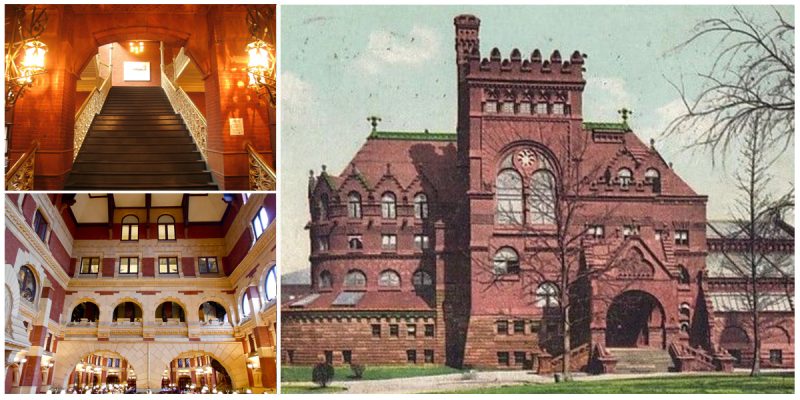The Furness Library, which today is officially known as the Fisher Fine Arts Library, was the first library to be built in Pennsylvania, designed by the Victorian architect, Frank Furness. Located on the campus of the University of Pennsylvania, this historic library, built from red sandstone and brownstone, was designed to be the primary library of the University and to house archaeological collections. The exterior of the library looks like a fortress, a cathedral, and a railroad station all merged into one.
The construction of the library was completed in late 1890; it has five stories, an iron staircase, reading rooms, and stacks. The Main Reading Room is a four-stories high brick-and-terra-cotta-enclosed space divided from the Rotunda Reading Room by an arcade. Above the Rotunda Reading Room was a lecture hall which today is a studio for architecture.
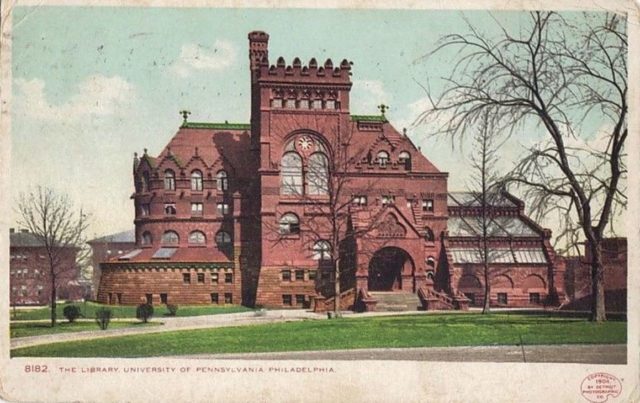
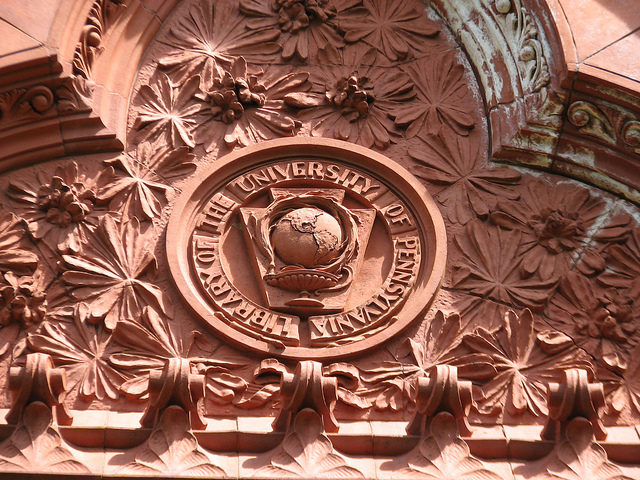
Throughout the building, there are windows with inscriptions that were chosen by Horace Howard Furness, a prominent member of Pennsylvania’s faculty in the late 19th century and a Shakespearean scholar. The quotations in the glass of the windows are from Shakespeare, Greek and Latin classics.
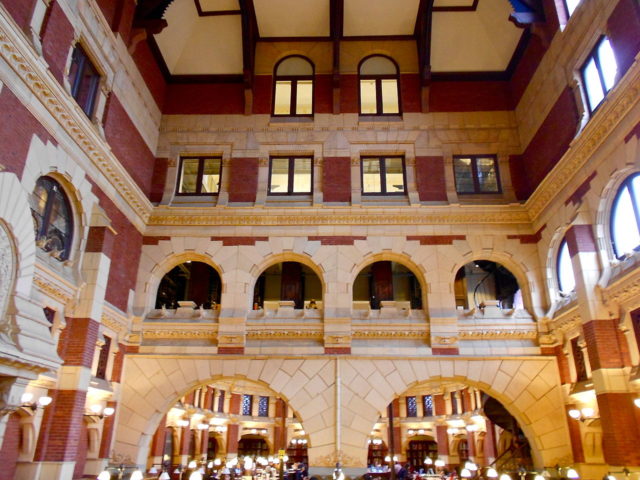
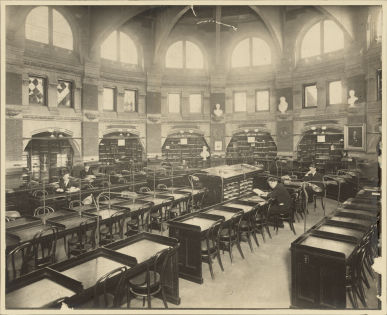
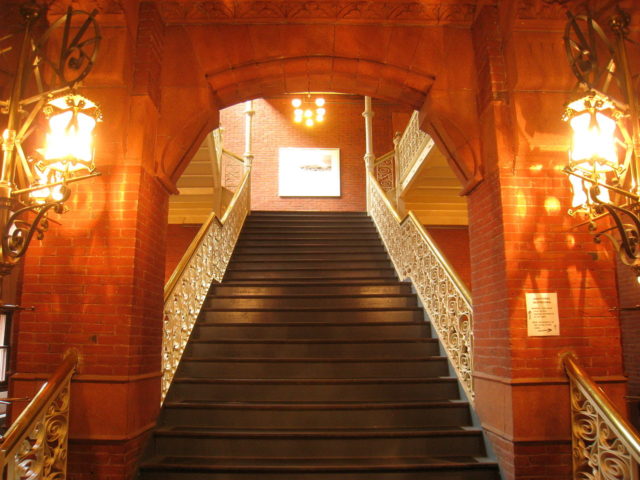
Frank Furness worked with the creator of the Dewey Decimal System, Melvil Dewey, and other architects. He wanted to make this library the most modern American library of the century.
A lot of changes have been made to the library because, within a generation, Furness’s masterwork was considered an embarrassment. In 1899, the University Museum transferred everything from the library into its own building.
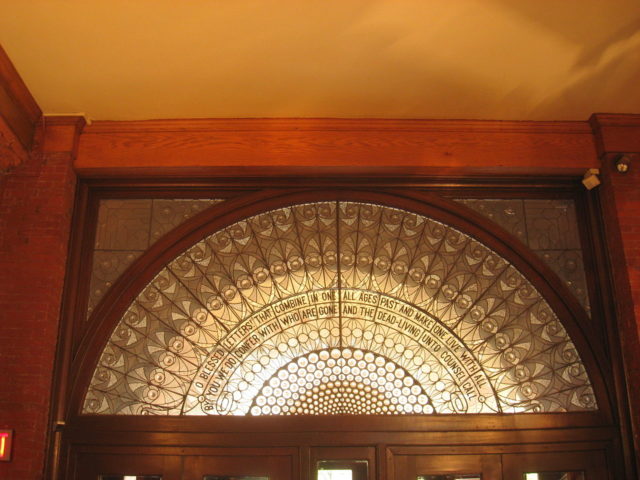
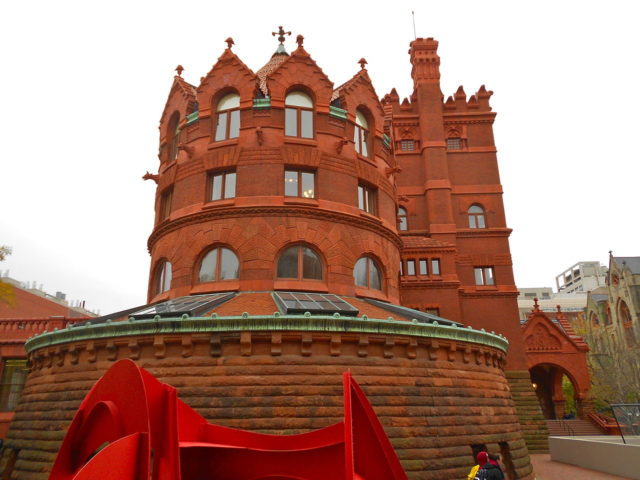
A lot of plans were drawn in order to mask the current look of the library, for example, the architect Robert Rodes McGoodwin made plans to cloak the exterior of the library in more appropriate Collegiate Gothic brick and stone, and in 1931 he made a reading room that masked the iron-and-glass stacks.
This addition was incongruous and, almost perversely, was dedicated as a memorial to Frank’s brother Horace Howard Furness. Until 1962, the building was the main library of the University of Pennsylvania. The same year, the Van Pelt Library was constructed and today is the primary library at the University.
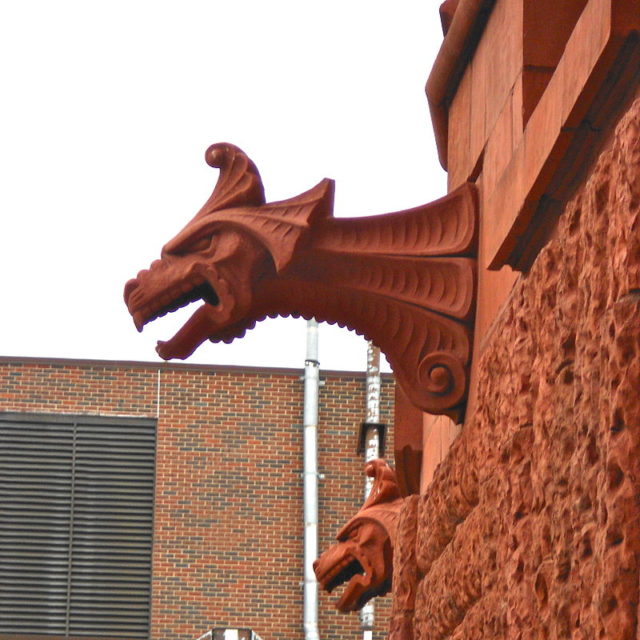
In the 20th century, many people including columnists and critics visited the Furness Library and proclaimed that it was the work of an artist.
In 1972, it was listed on the National Register of Historic Places and in 1978, it was additionally listed as a contributing property in the University of Pennsylvania Campus Historic District. Finally, in 1985 the building was declared a National Historical Landmark.
